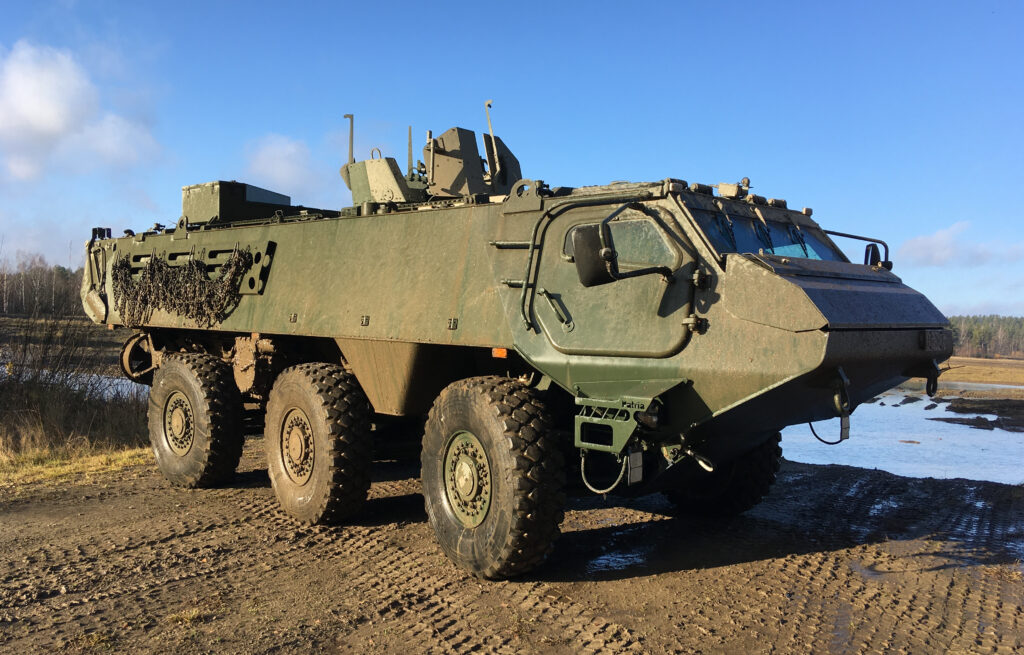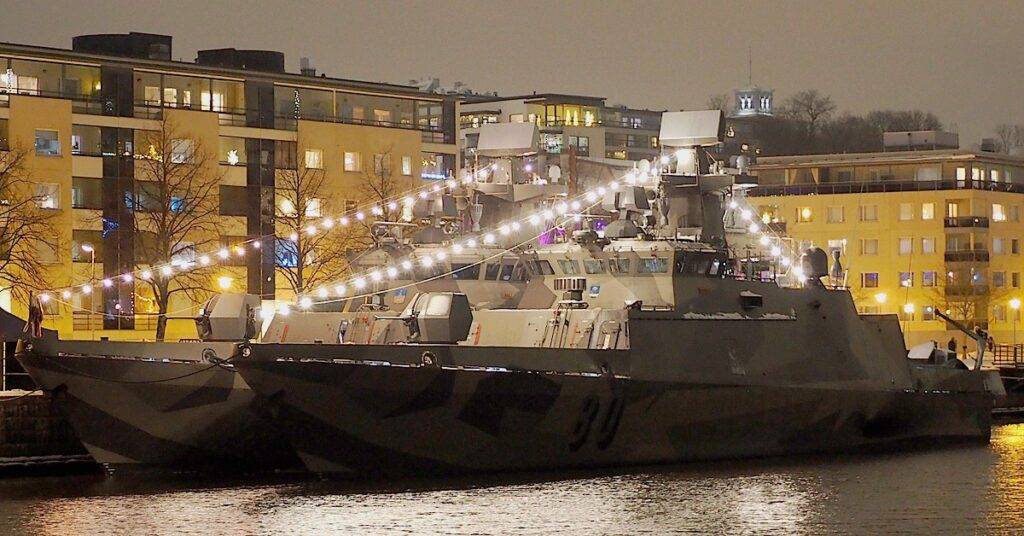In early August 2025, President Donald Trump ordered two U.S. nuclear submarines to be repositioned to undisclosed “appropriate regions” in response to escalating and provocative statements by former Russian President Dmitry Medvedev — now deputy chairman of Russia’s National Security Council – who had issued veiled threats of possible conflict. In many ways, the U.S. submarine fleet is now under pressure.
Analysts have described the move as largely symbolic rather than operationally significant, since U.S. SSBNs are already routinely deployed globally. Still, the public announcement via social media drew criticism for risking nuclear signalling without clear strategic clarity. The Pentagon and Navy declined to comment, citing the sensitivity involved. “He’s got a fresh mouth,” Trump said in an interview with Newsmax, referring to Medvedev’s statements. Trump has warned of “unintended consequences” if this Russian rhetoric is continued. Medvedev, now the deputy chairman of Russia’s National Security Council, which Putin chairs, responded by writing, “Russia is right on everything and will continue to go its own way”. Earlier this week, Medvedev wrote, referring to Trump: ”He should remember 2 things: 1. Russia isn’t Israel or even Iran. 2. Each new ultimatum is a threat and a step towards war. Not between Russia and Ukraine, but with his own country.”
USS Connecticut’s Long-Term Damage
Meanwhile, the U.S. Navy’s USS Connecticut (SSN‑22) remains sidelined until at least late 2026 after suffering severe damage in an underwater collision with an uncharted seamount in October 2021. The submarine’s bow, sonar dome and critical systems were significantly impaired, and Navy investigations attributed the accident to lax seamanship and planning. Senior command personnel were relieved of duty.
The extensive repairs are complicated by the rarity of the Seawolf‑class boats—they were produced in extremely limited numbers and require custom-fabricated parts. The prolonged downtime coincides with a broader issue: the retirement of Ohio‑class guided-missile submarines (SSGNs) by 2028, with Virginia‑class replacements scheduled to carry far fewer Tomahawks, risking a decrease in stealthy strike capacity.
Fishing Nets Entangle USS Virginia
In a separate incident, a Norwegian fisherman hauling nets near Malangen fjord accidentally caught the USS Virginia, a U.S. nuclear‑powered attack submarine. Its propellers became entangled and pulled the nets roughly 2.3 miles out to sea. Norwegian coast guard personnel were required to cut the submarine free. There were no injuries, and a compensation process has begun for the damaged nets.
U.S. Submarine Fleet Under Pressure
The public announcement of submarine redeployments suggests deliberate signalling to deter Russian aggression amid heightened rhetoric over Ukraine. However, experts warn that such public posturing may risk miscommunication in nuclear affairs.
The long out‑of‑service status of key submarines like USS Connecticut undermines operational readiness. Combined with delays in next-generation submarines and the imminent retirement of Ohio‑class SSGNs, the U.S. faces a potential capability gap in undersea strike forces .
Submarine activity in Arctic and Nordic waters has increased amid joint U.S.–Norwegian operations. The fishing‑net incident highlights both the proximity of U.S. undersea efforts and the potential for accidents in congested or poorly mapped waters.
These incidents point to a U.S. submarine fleet under pressure: strained capacity, high-profile service disruptions, and increased risk from both adversarial signalling and operational hazards. While the redeployment narrative serves political messaging, the underlying issues reflect deeper challenges in maintaining readiness and credibility in quietly escalating maritime contests.
Read More:
- AP News: Trump orders US nuclear subs repositioned over statements from ex-Russian leader Medvedev
- Times of India: Highly Provocative: U.S. Deploys Two Nuclear Subs – Trump Warns ex-Russian President Medvedev of “Unintended Consequences”
- 10 News: Trump Repositions US Nuclear Submarines Amid Escalating Tensions With Russia
- New York Post: Trump moves two nuclear subs closer to Russia in response to ‘provocative statements’
- Reuters: Trump orders nuclear submarines moved after Russian ‘provocative statements’
- TWZ: Submarine USS Connecticut Severely Damaged In Pacific Crash To Return To Service In 2026
- Business Insider: A Norwegian fisherman accidentally caught a US submarine in his net
- SAN: US Navy submarine will be out 5 years due to ‘poor seamanship’



